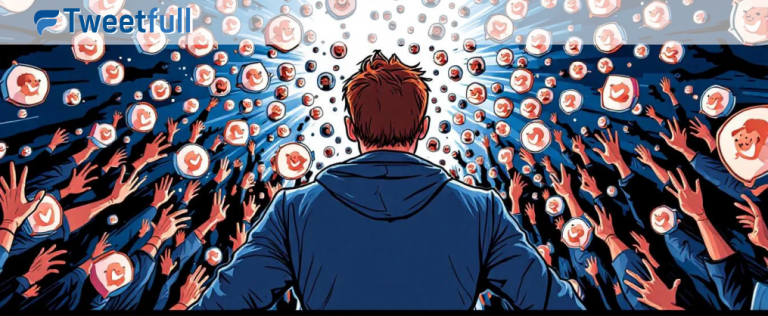Unlocking Twitter’s Potential: A Guide to Strategic Keyword and Hashtag Usage
Twitter is not just a social platform; it’s a powerful tool for businesses to increase visibility and engage with their target audience. By mastering the art of keyword and hashtag targeting, businesses can strategically position their content to connect with users who are actively searching for related topics or discussing relevant interests. This guide will walk you through the essentials of utilizing keywords and hashtags effectively to amplify your Twitter strategy.
Mastering Keyword Targeting Techniques
1. Targeting Keywords in Search: Utilize search keyword targeting to make your tweets appear in search results for specific terms that align with your business offerings. For example, a local bakery might use keywords such as “custom cakes” or “organic bread” to attract a targeted audience.
2. Engaging Through Timeline Keywords: With timeline keyword targeting, you can reach users based on the content of their tweets. If someone expresses a need or interest that relates to your business, your targeted tweet can appear in their timeline, increasing the relevance and timing of your message.
Incorporating both types of keyword targeting requires a deep understanding of your target audience’s interests and the context in which they express these interests.
Enhancing Reach with Strategic Hashtag Use
Hashtags are invaluable for expanding your content’s reach and tapping into larger conversations. Effective hashtag strategy includes:
- Using trending and relevant hashtags to participate in larger discussions.
- Creating unique hashtags for brand campaigns to track engagement and build community.
- Being selective and strategic to avoid clutter and maintain message clarity.
Balanced and thoughtful use of hashtags can significantly enhance your content’s visibility and engagement on Twitter.
Crafting a Dynamic Twitter Content Strategy
Diverse content formats—such as text tweets, images, videos, polls, and threads—can cater to varied user preferences and increase engagement. Each format serves a specific purpose:
- Images and videos capture attention and convey messages quickly.
- Polls and questions boost interaction by encouraging user participation.
- Threads provide in-depth insights or storytelling opportunities, keeping your audience engaged over a series of tweets.
Using Twitter’s analytics tools to monitor the performance of your content is crucial. These insights guide the ongoing refinement of your strategy, ensuring that your messages resonate with your audience and drive engagement.
Frequently Asked Questions About Twitter Marketing
Q1: How do I select effective keywords for Twitter advertising?
Identify broad keywords to maximize initial visibility, then refine your choices based on performance analytics to focus on those that deliver the best engagement and conversion rates.
Q2: What is the optimal number of hashtags per tweet?
While this can vary, generally using one to three focused hashtags per tweet helps maintain clarity and effectiveness.
Q3: Are Twitter keyword and hashtag strategies applicable to other platforms?
Yes, but customization is key. Different platforms have unique dynamics, so tailor your strategies to fit each platform’s specific audience behaviors and features.
Q4: What is the best frequency for posting on Twitter?
Consistency is crucial, but so is timing. Analyze when your audience is most active to optimize your posting schedule for enhanced engagement.
Wrapping Up
Effective keyword and hashtag strategies on Twitter can transform how you connect with your audience, making your marketing efforts more targeted and impactful. Stay adaptable, continuously analyze performance data, and evolve your strategies to keep your Twitter presence vibrant and engaging.
For those interested in diving deeper into Twitter marketing strategies and want hands-on experience with keyword and hashtag optimization, consider exploring Tweetful’s free trial, a tool designed to boost your Twitter engagement and audience reach.







